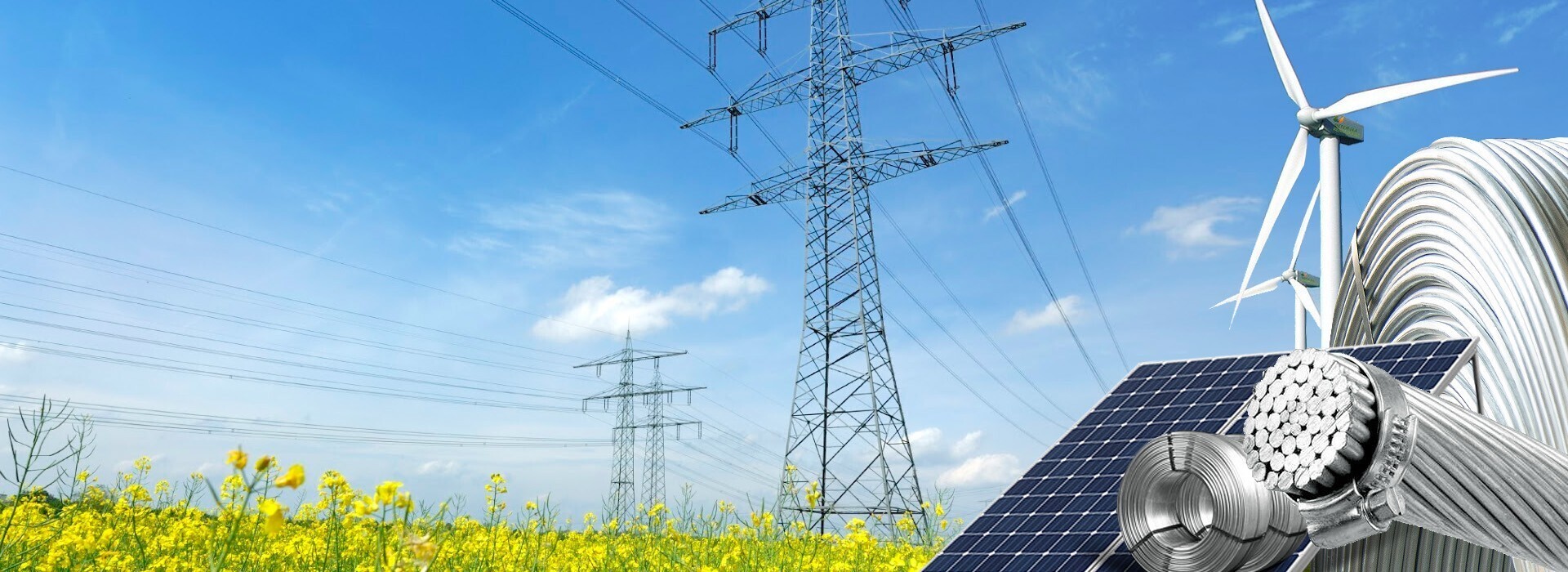

Hind Aluminium, a maker of aluminium and alloy conductors and aluminium wire rods, recently changed their evaluation to reflect a neutral posture in the face of operating performance issues. The company reported a steep year-over-year profit decline of 53.5 per cent, with Q4 FY24-25 profit after tax dropping to INR 4.01 crore (USD 467,706) – a sharp 38.4 per cent contraction over the past six months alone.

In addition to the numbers, this company's negative EBIT to interest of -8.44 suggests that there are structural impediments to managing available debt vs financial stability. This changes the technical picture to go from a slightly bullish outlook to neutral. In the June quarter of FY2024-25, the company's net profit was INR 0.05 crore (USD 5,832.56), which was a sharp decrease of 97 per cent from INR 1.55 crore (USD 180,809) the previous quarter and 98 per cent from INR 2.95 crore (USD 344,166) the year before.
More than just numbers: The structural puzzle
While renowned sources may emphasise their quarterly profits, Hind Aluminium's problems signal greater structural and cyclical factors. Globally, the aluminium industry is vulnerable to commodity price fluctuations, energy prices and forex volatility. Firms not strongly backward integrated or without risk-hedging solutions – like Hind Aluminium – increased their risks.
Also read: Hind Aluminium’s net profit crippled in Q1 FY2025 by 98% Y-o-Y
Despite delivering a 13.31 per cent annual return to shareholders in June 2025, the company’s operating performance remained poor, showing little direction in results and almost no improvement over five years. This disconnect suggests that while the stock price may reflect optimistic investor sentiment, the underlying fundamentals may not support it in the long run.
Debt shadows and liquidity strains
In the past, Hind Aluminium experienced liquidity shortfalls and cash losses since FY20, restricting its financial flexibility. In March 2025, disclosures show that the company reported no outstanding borrowings, but the legacies of stretched liquidity will live on. Working capital in industries like aluminium is particularly important because of price volatility combined with very high fixed costs; thus, financial inflexibility could mean a slow death.
The technical tightrope
Technical indicators also paint a conflicted picture. With bearish signals from MACD and KST indicators but some moving averages still holding bullish potential, the market seems undecided on Hind Aluminium’s immediate future. This technical limbo, combined with cyclical headwinds, forces investors to adopt a wait-and-watch approach, contributing to the company's downgraded "neutral" market evaluation.
Sluggish share price movement
Over a period of three weeks, Hind Aluminium’s share price has recorded a downward trend, reaching INR 67.62 on July 1 from as high as INR 71.84 on June 11. This reflects a fall of 6.24 per cent.
Opportunities in adversity
Nonetheless, challenges are often opportunities. Considering the importance of aluminium in electric vehicles, renewable energy systems and modern infrastructure, Hind Aluminium could reinvent itself if it utilises its resources to develop value-added products as it branches out into higher-margin sectors. Similarly, diversification into downstream manufacturing of specialty alloy wires or components for the automotive and power segments could greatly reduce the company's exposure to volatility in raw aluminium pricing.
Note: With a promising 7% CAGR, India seeks govt support to safeguard its aluminium extrusion industry
Responses








